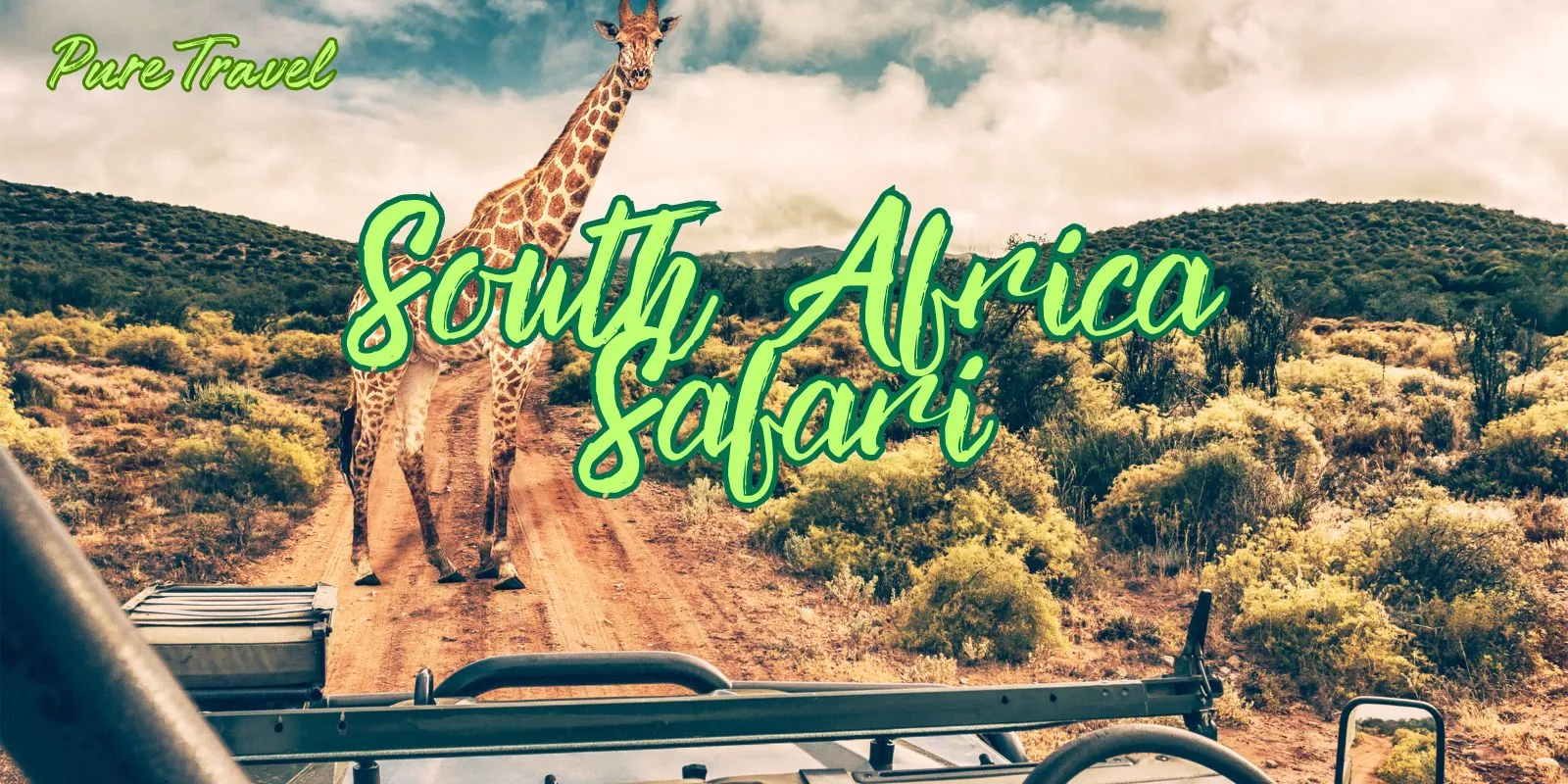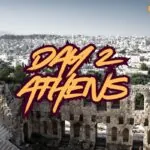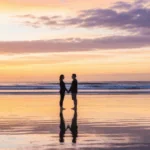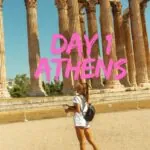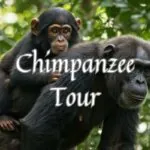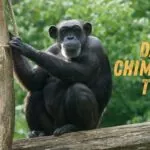South Africa Safari: Journey Through Nature’s Untamed Beauty
Our South Africa Safari swept us from the golden savannas of Kruger to the rugged cliffs of the Cape. Each day revealed a new wonder — elephants at sunrise, spicy Durban curries, misty Drakensberg peaks, and the vibrant hum of Cape Town. It was a journey of pure wild beauty and soul-stirring adventure.
Arriving in Johannesburg: The Gateway to the Wild
Touching down in Johannesburg felt like stepping into the rhythm of Africa. The warm air carried a faint scent of earth and promise. After collecting our bags, we met our local guide who whisked us to the Protea Hotel O.R. Tambo. The evening briefing buzzed with anticipation — strangers soon to become travel companions. Over a cold Castle Lager, we shared stories of safaris dreamt about for years. That night, sleep came easy under the soft hum of city life, knowing our 15-day journey was just beginning.
Johannesburg, or “Jozi” as the locals fondly call it, surprised us with its vibrant pulse — a blend of modern skyline and deep-rooted African soul. Street vendors sold roasted maize by the roadside, and the sound of distant drums mingled with city traffic. From our hotel window, the lights of the city stretched endlessly, a glowing reminder that this was once the gold capital of the world. It felt like standing at the crossroads of history and adventure — the perfect prologue to our South African safari story.
Into the Panorama Route: Canyons, Clouds, and Hidden Wonders
Our first morning drive took us through Mpumalanga, into the breathtaking Panorama Route. The road curled through lush valleys and soaring escarpments — a land that seemed painted by the gods. At Blyde River Canyon, we stood at “God’s Window”, a lookout that truly lived up to its name. The wind carried whispers of waterfalls and distant birdsong. Lunch at a roadside café offered freshly baked meat pies (ZAR 60 ≈ AUD 5) and a strong South African rooibos tea. By dusk, we arrived at Hippo Hollow Country Estate in Hazyview, where the croaking of frogs and a warm dinner of bobotie (ZAR 120 ≈ AUD 10) welcomed us.
Every curve of the Panorama Route unveiled a new marvel — from the swirling rock formations of Bourke’s Luck Potholes to the shimmering mist of Lisbon Falls cascading into the green depths below. We paused often, stepping out to breathe in the crisp mountain air tinged with pine and earth. Local artisans displayed colorful beadwork and carved animals along the roadside, their laughter blending with the rush of the falls. As the sun began to dip, painting the horizon in hues of amber and violet, we felt humbled by nature’s grandeur — as though the land itself was telling us ancient stories of wind and stone.
Day in Kruger National Park: The Call of the Wild
We rose before dawn, our breath misting in the cool air. The gates of Kruger National Park opened like a promise. Within minutes, we spotted impalas, giraffes, and then — the unmistakable silhouette of a lion moving through tall grass. Our guide whispered, “You’re in Big Five country now.” The scent of wild sage filled the air, and every turn offered a new thrill. Lunch was packed sandwiches eaten by a watering hole as hippos yawned lazily. By sunset, the African sky burned orange and gold, and we returned to our lodge with hearts full and cameras heavy.
South Africa Safari – As dusk approached, the bush came alive with a different rhythm — the deep, haunting call of a distant hyena, the rustle of unseen creatures moving through dry grass, and the flutter of nightjars taking flight. Back at Hippo Hollow, dinner was a hearty oxtail stew (ZAR 160 ≈ AUD 13), paired perfectly with a local red wine. Sitting on the veranda, we listened to the river’s soft murmur, knowing this was more than a safari — it was a memory etched into the soul.
Crossing Into Swaziland: Culture, Crafts, and Mountains – South Africa Safari
After breakfast, we drove south toward the Kingdom of Swaziland, a land of emerald hills and kind smiles. At the border, local vendors waved beaded bracelets and wooden giraffes. We stopped at a traditional craft market, where we bought a handwoven basket for ZAR 150 (≈ AUD 12). The Lugogo Sun Hotel greeted us with rhythmic Swazi music drifting from the bar. Dinner featured a spicy beef stew and maize porridge — simple, soulful, and delicious. That night, we danced under the stars with locals, laughter echoing into the mountain air.
St Lucia & Hluhluwe: Hippos, Rhinos, and River Life
We woke early for a boat cruise on the St Lucia Estuary, a UNESCO World Heritage site. The water shimmered as hippos snorted nearby and crocodiles lazed on the banks. An African Fish Eagle’s cry cut through the silence. After lunch, we entered the Hluhluwe-Umfolozi Game Reserve, where white rhinos grazed peacefully — a living triumph of conservation. By nightfall, we checked into Protea Hotel Umfolozi, where a buffet dinner of grilled fish and pap (ZAR 180 ≈ AUD 15) refueled us for the road ahead.
Durban to Drakensberg: From Sea Breeze to Mountain Air
Durban’s energy was contagious — a mosaic of beaches, spice markets, and colonial charm. The Botanic Gardens were alive with tropical scents, while street vendors tempted us with bunny chow, a local curry-filled bread loaf (ZAR 50 ≈ AUD 4). By afternoon, we wound into the Drakensberg Mountains, the air crisp and pine-scented. The Drakensberg Gardens Hotel offered breathtaking views of the peaks, where clouds drifted like silk. We spent the evening by a crackling fire, sharing wine and stories from the road.
Cape Town: The Journey’s Grand Finale – South Africa Safari
Our final leg brought us to Cape Town — the jewel of South Africa. Table Mountain rose majestically behind the city, and the V&A Waterfront pulsed with music, laughter, and the smell of fresh seafood. We toasted our final night with local Chenin Blanc and a seafood platter (ZAR 350 ≈ AUD 30). As the sun dipped behind the Atlantic, the moment felt eternal — a perfect ending to an unforgettable journey.
Pro Traveler Tip – South Africa Safari
For the best wildlife viewing in Kruger, aim for early mornings or late afternoons when animals are most active. Bring binoculars and a light jacket — even in summer, mornings can be cool.
Pro Traveler Warning
Beware of “unofficial guides” at roadside stops who may overcharge for tours or crafts. Always confirm prices in advance and pay in local currency (ZAR) to avoid hidden conversion fees.
Your South African Adventure Awaits
From the thundering herds of Kruger to the calm vineyards of the Cape, South Africa revealed its heart through every sunrise, meal, and smile. This safari wasn’t just about spotting wildlife — it was about feeling life in its raw, rhythmic form. To journey through South Africa is to rediscover wonder itself — one sunrise, one heartbeat at a time.
Frequently Asked Questions – South Africa Safari
What is the best time to go on a South Africa Safari?
The best time for a South Africa safari is during the dry winter months from May to September. Wildlife is easier to spot as animals gather near water sources, and the weather is mild with clear skies — perfect for game drives.
How many days should I spend on a safari in South Africa?
A 10–15 day safari allows you to experience the best of South Africa — from Kruger National Park’s wildlife to Cape Town’s coastal beauty and the Drakensberg Mountains. This duration balances adventure, relaxation, and cultural immersion.
Do I need any vaccinations or travel documents for a South Africa safari?
Travelers should ensure their routine vaccines are up to date. Depending on your itinerary, a yellow fever certificate may be required if traveling from an endemic region. Always carry a valid passport (6-month validity) and check visa requirements in advance.
What should I pack for a safari in South Africa?
Pack lightweight neutral clothing, a wide-brimmed hat, sunscreen, insect repellent, binoculars, a good camera, and a light jacket for cool mornings. Avoid bright colors or camouflage patterns, which can either attract or offend wildlife authorities.
Is it safe to travel on a self-guided safari in South Africa?
Yes, many travelers safely enjoy self-drive safaris, especially in Kruger National Park and private reserves. Follow park rules, stay inside your vehicle, and always keep a safe distance from wildlife. Hiring local guides can enrich your experience with expert insights.

